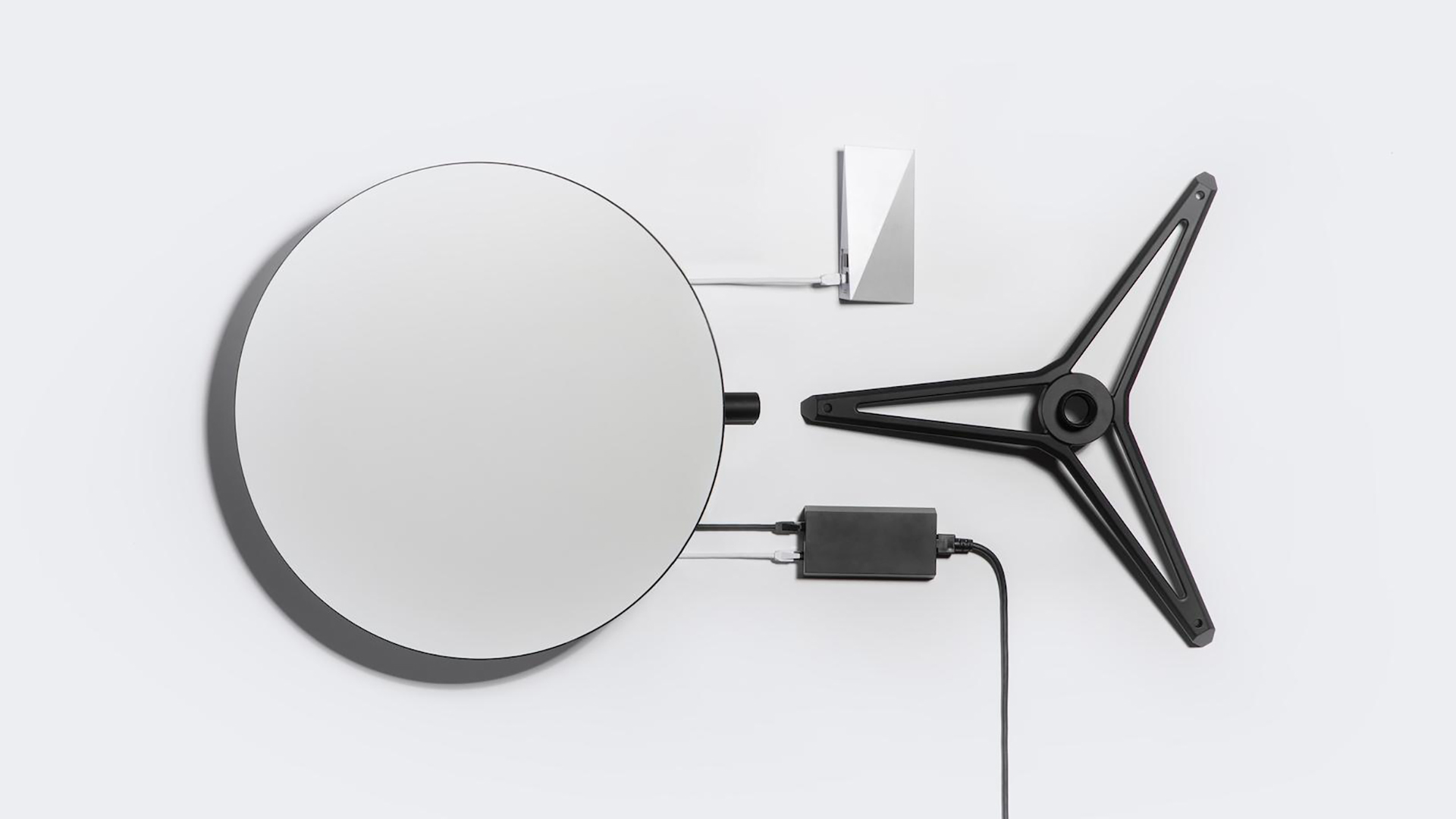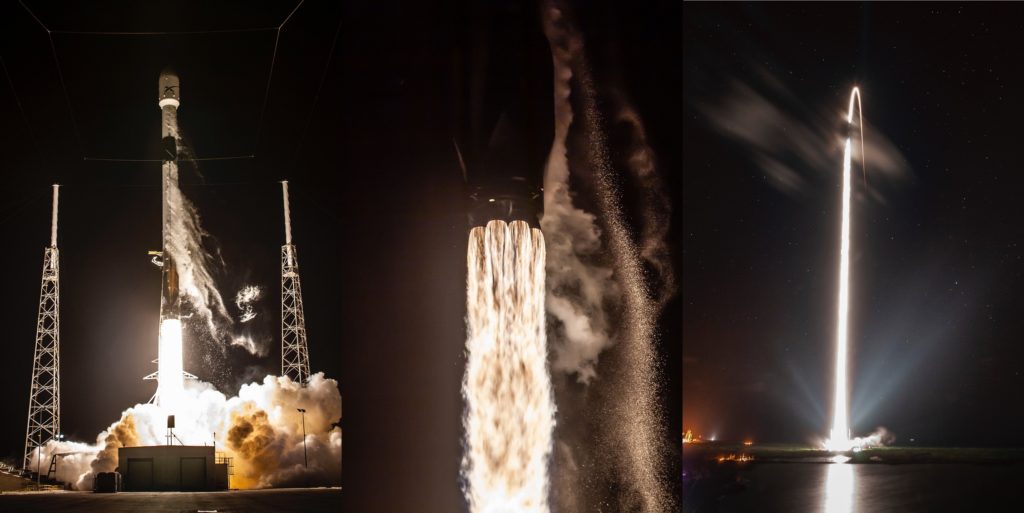
Elon Musk announced on Twitter that 100,000 Starlink kits have found buyers. The service is deployed in 14 countries, including France.
A tweet and a number. Monday August 23, Elon Musk unveiled the shipment of 100,000 connection kits to Starlink satellites, which orbit the Earth by the hundreds. This is the first time that the American entrepreneur has given a quantified overview of the commercial appeal of his project, which consists of providing an Internet connection by space in places that are not well served by terrestrial infrastructures.
In the process, the founder of SpaceX – the astronautics company that pilots Starlink – has indicated the list of countries in which the service is at least partly open: in addition to the United States, there are the Anglo-Saxon nations (Canada, United Kingdom, Australia, New Zealand, Ireland) as well as the countries of Europe in the west (Germany, France, Austria, the Netherlands, Switzerland, Belgium, Denmark and Portugal).

Cover remote areas
Elon Musk does not detail the distribution of these 100,000 connection kits among these 14 countries. The Starlink program is primarily intended for individuals who are located in remote, rural or hard-to-reach places. However, the deployment of Starlink in Western Europe, for example, raises questions, because the (very) broadband fixed and mobile is already widespread.
The installation of the Starlink program in France is also of concern, given the reality of the territory’s coverage in 4G and in ADSL and optical fiber. But if the metropolis does not seem an easy market to conquer, perhaps it is in overseas France that the service could make its hole – if the pricing imagined by SpaceX does not turn out to be a foil for them. Internet users in the French overseas departments and territories.
Currently, the acquisition of the Starlink kit costs 499 euros. To this are added 59 euros for shipping and commissioning costs. Finally, the subscription itself reaches 99 euros per month. In return for all these expenses, Starlink promises significant speeds and low latency, so as to compete with some fiber optic offerings. Starlink announces 300 Mbit / s for 2021.

Previously, SpaceX explained, in a document sent to the Federal Communications Commission, that 700,000 Americans would be interested in subscribing to its satellite Internet access service. A significant number, which is not reflected (yet?) In that unveiled by Elon Musk. In February 2021, SpaceX claimed 10,000 customers to its program.
Of all the countries in which SpaceX is present today, it is perhaps in the United States that the company has the best card to play: the country is very large, the deployment of high and very high speed is not satisfactory and lack of dynamic competition, which does not have a favorable impact on subscription prices. Potentially, SpaceX could disrupt the activities of more traditional operators.
In addition to individuals, SpaceX also intends to offer its service to communities – for example to connect a school or a library – and for certain transport. Mobile antennas in trucks, boats or airplanes are envisaged. The airline sector seems to be of particular interest to the company, in order to provide Wi-Fi on board aircraft, a service that already exists on various flights.
Tens of thousands of satellites planned
The Starlink program began in the 2010s, with the dispatch in 2018 of the first experimental satellites as well as the receipt of the first authorizations from the regulator. Deployment of the first operational satellites began a year later, while the service beta began the following year. Since then, dozens of shootings have taken place.
The satellites, which are sent in clusters of sixty, are now more than 1,700 in orbit. In the long term, SpaceX, which deploys them in low earth orbit, wishes to have a constellation of a few tens of thousands of machines – it is mentioned a fleet with 42,000 satellites, which is considerable. It will take years for SpaceX to put so many machines into orbit.
All these satellites in low orbit obviously pose major challenges, both in terms of visual pollution for astronomers and in managing such traffic all around the Earth, in order to avoid collisions. According to Elon Musk, the majority of the globe will be covered by the end of the year. All the Earth will be served the following year. Then, the stake will be to tighten the mesh.



